About
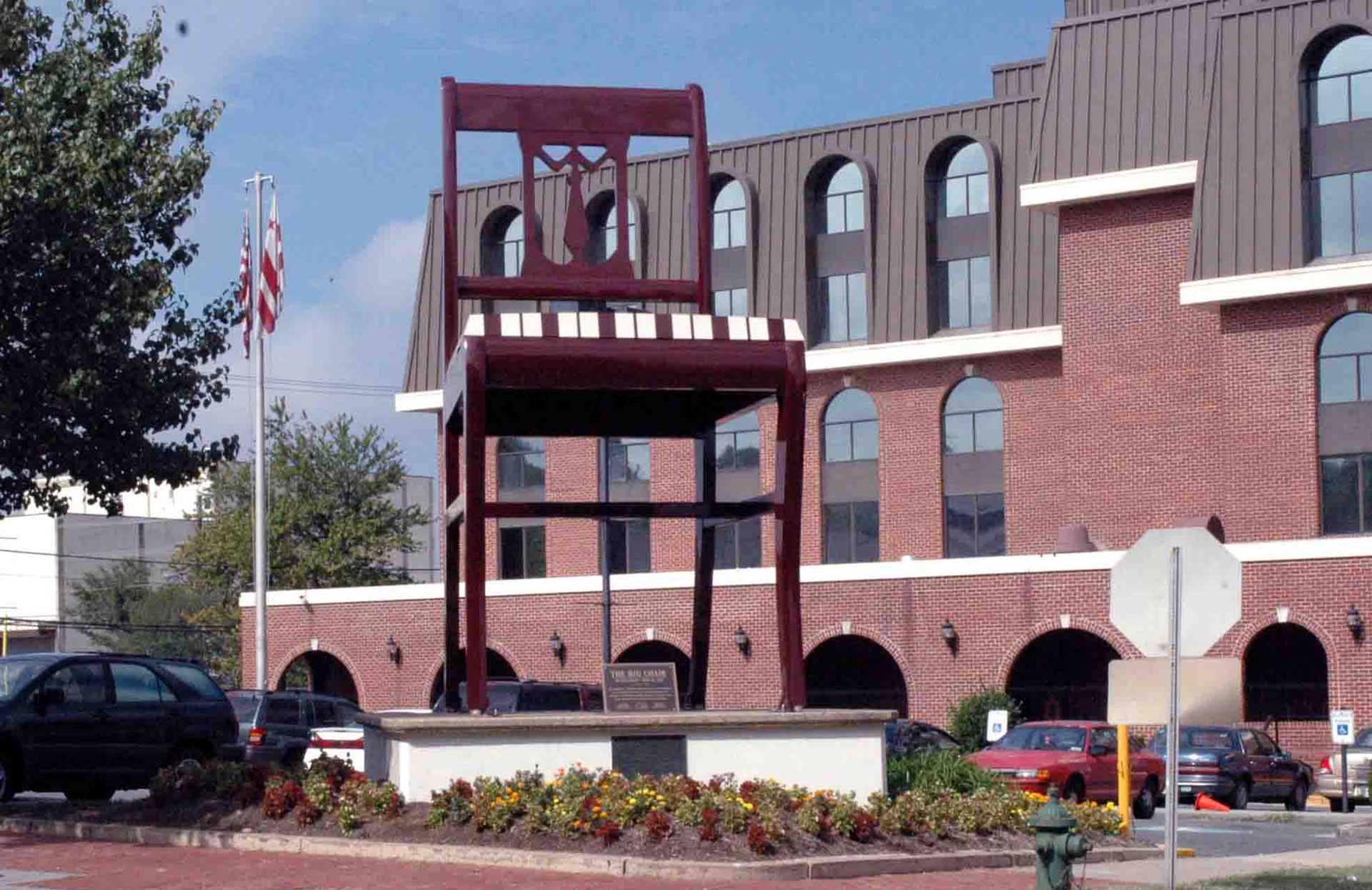
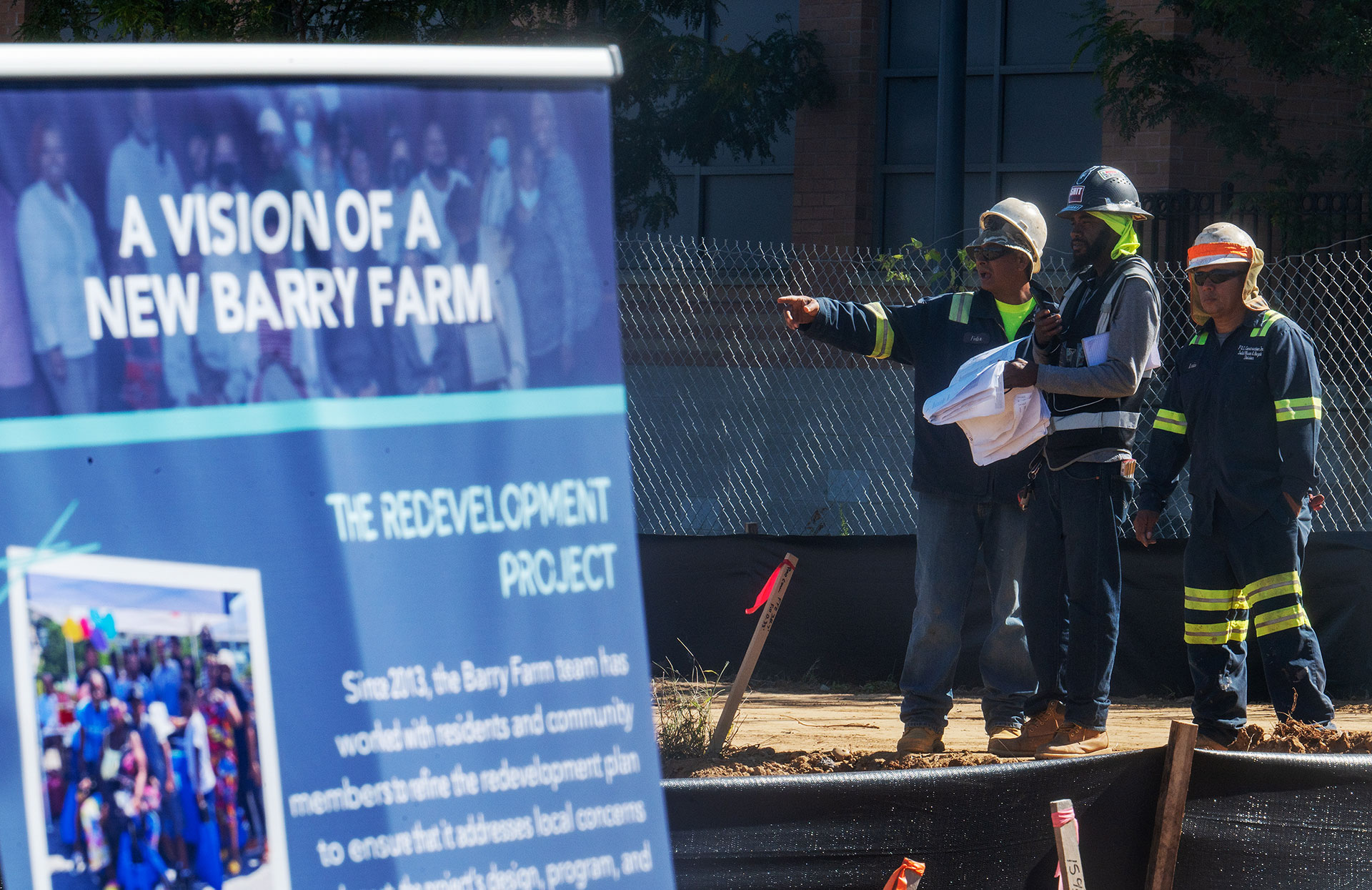
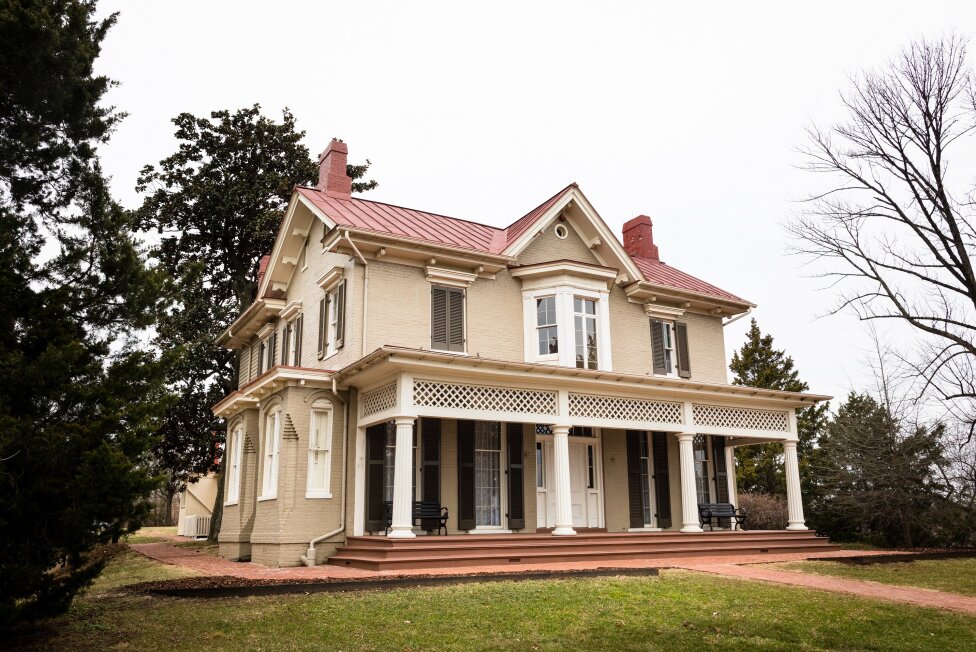
Historical Foundation of the W8CED
The history of Washington’s “East of the River” (EOTR) communities, largely Ward 7 and Ward 8, exemplifies the social cost of racial separation and inequality. The predominantly Black wards that define EOTR culture are largely separated from the capital’s economic opportunity and political clout.
Ward 8 has flourished over time. Its historic Anacostia neighborhood was one of Washington’s first suburbs. Landmarks like Cedar Hill, home of Frederick Douglass, and the community of Barry Farm attest to an earlier grandeur, while the Congress Heights neighborhood supports its largest commercial area, spread along Martin Luther King Jr. and Malcolm X avenues. Ward 8’s streets and homes have given the world iconic music, a wealth of Black artists, activists and entrepreneurs who continue to represent and reinvent the community. This cultural legacy is curated by its own branch of the Smithsonian ─ the Anacostia Community Museum.
Yet the centuries of isolation and disinvestment have left Ward 8 with poverty, high unemployment, poorly resourced schools, a lack of access to quality healthcare and even a dearth of grocery stores. Too many of its residents ─ especially the elderly ─ are dependent on government programs, while Ward 8 youth struggle to close the opportunity gap with their mostly white counterparts across the river. And, like other intentionally marginalized communities, Ward 8 struggles with gentrification that enriches the already affluent and displaces lower-income residents from their long-established homes and neighborhoods.
Separate Worlds, Immense Challenges
From St. Elizabeth’s to Now
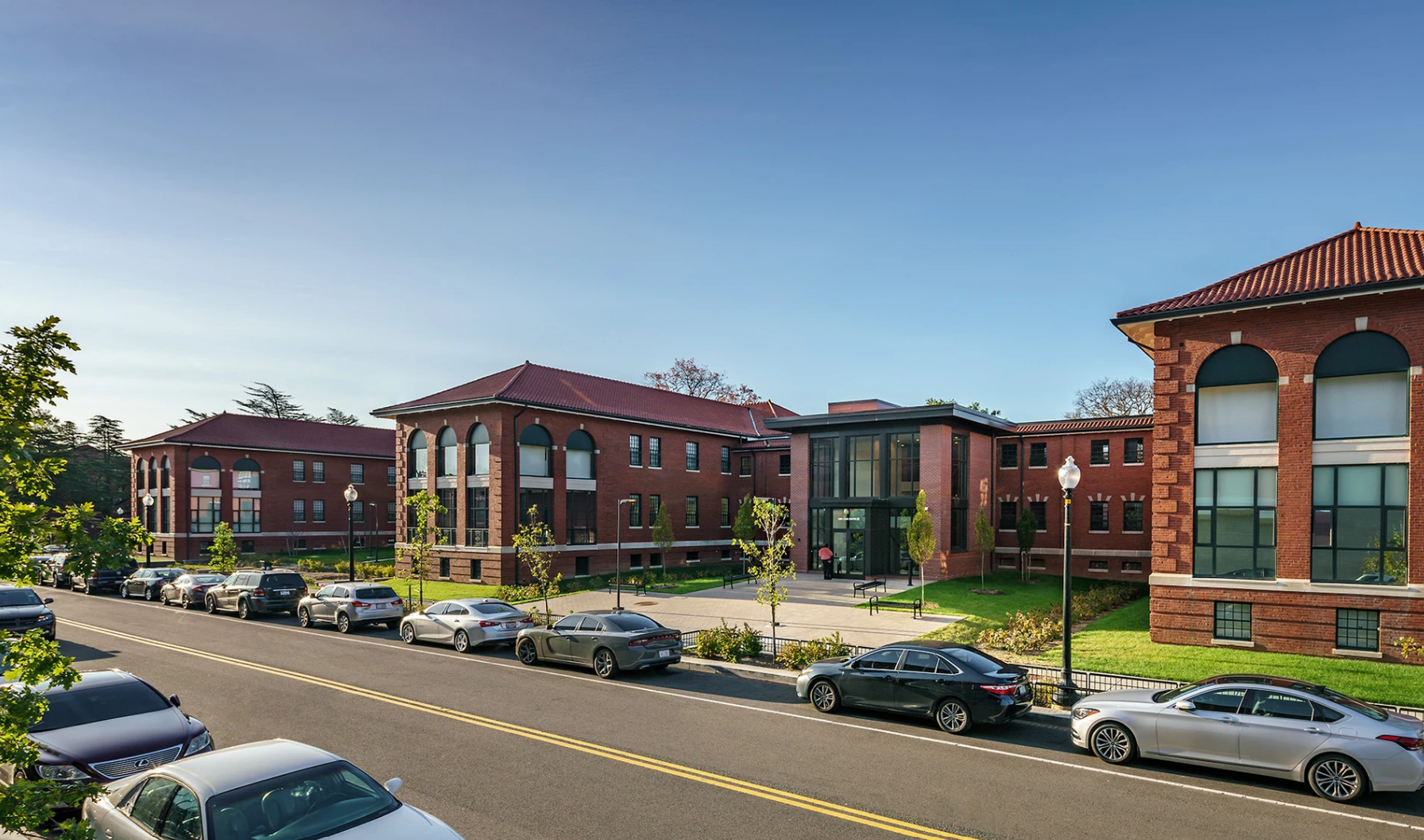
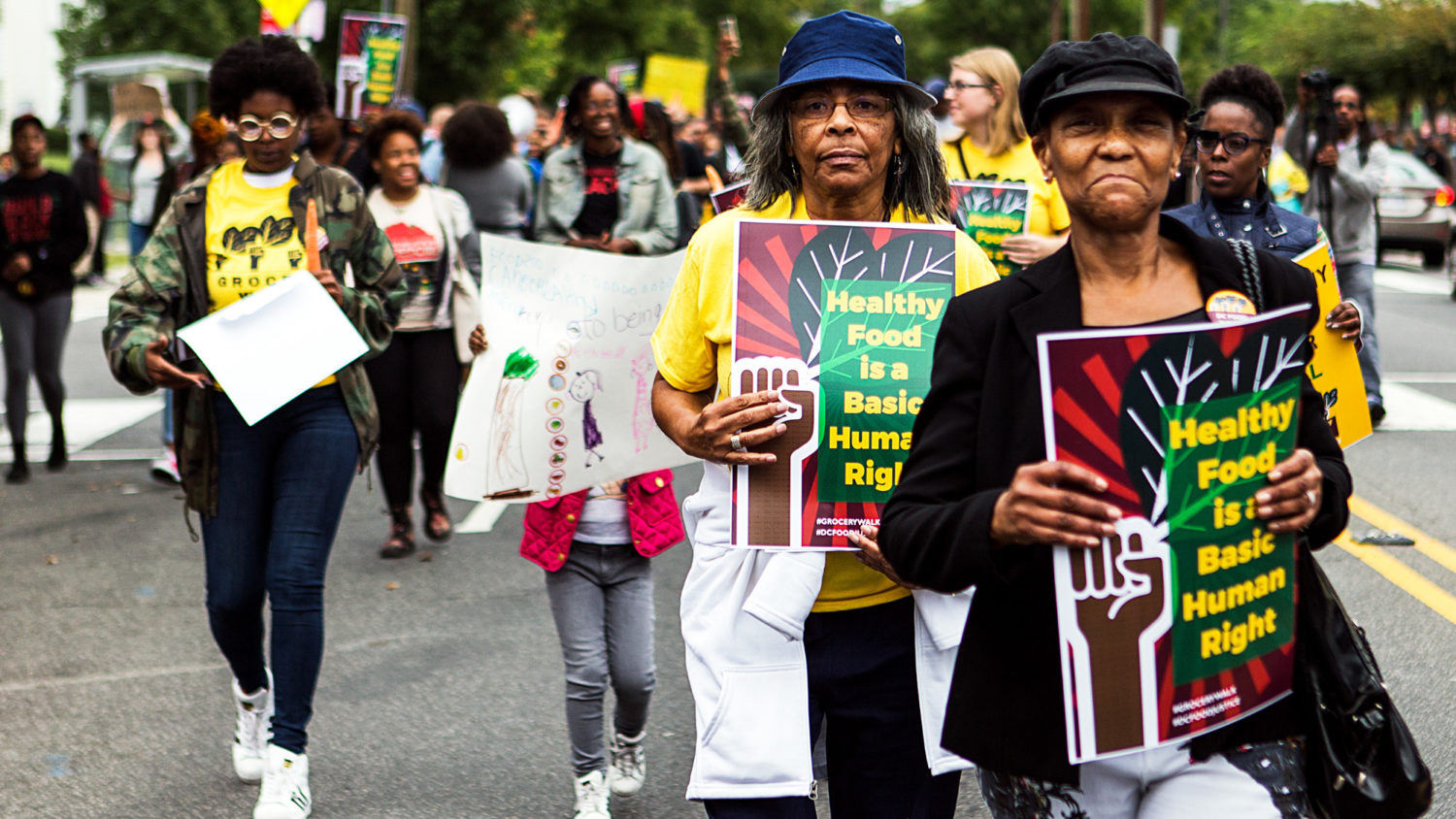
Voice of the Residents
Past economic development efforts, driven by outside “experts” have failed to mitigate the threats facing Ward 8 families and businesses. The most recent of these failures was the 2008 plan to consolidate the headquarters of the U.S. Department of Homeland Security on the former St. Elizabeth’s Hospital campus on Martin Luther King Jr. Avenue.
W8CED’s bottom-up, community-driven approach was born of a conviction that it’s well past time to abandon this failed model. It’s time to trust Ward 8 residents, who have more at stake than anyone, to set priorities and enact an economic future of opportunity and growth
Bridging Silos: Roots of the W8CED Planning Process
- Economic Justice
- Education, Workforce Development And Employment
- Family Support
- Health And Safety
- Housing Justice
- Sustainable Development
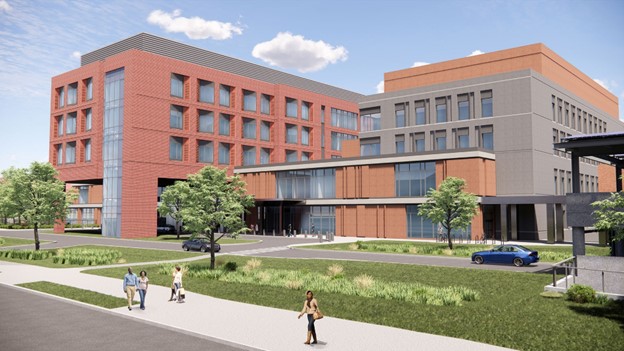
Ward 8 Digital Collective
A New Model for Community Transformation
One priority identified during our resident engagement activities was the need for a comprehensive communication network – one that connects residents to each other and critical information in the community. Residents wanted this network to prevent the duplication and fragmentation across service delivery and communication that exists now.
With the plan’s completion, Ward 8 residents have turned their attention to the development of a nonprofit “digital collective” aimed at maintaining the resident engagement begun through the planning process. In essence, this cooperative is an innovative bottom-up, community-driven approach designed to support Ward 8 residents in building the community they deserve and pushing leaders for change.
More of an art than a science, the Ward 8 Digital Cooperative is structured around relationship building. Already-established connections among residents, community leaders and local government officials, local business owners and services providers will be expanded to empower those whose voices previously weren’t heard and to open the minds of those who thought they knew the solutions.
This will serve as a digital ecosystem and networked community infrastructure, representing pioneering innovation where technology supports a movement where the government, residents, service providers, corporations, non-profits, businesses, institutions and development agencies can co-exist and co-create transformative ways for the community to function as a whole.
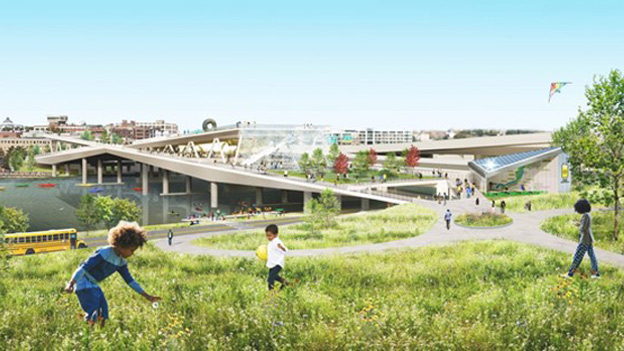
Synergistic Energy
There’s a sense of excitement and hope filling the air in Ward 8, built from the aspirations of those who settled this area generations ago, passed on from forebearers who struggled to maintain community through countless struggles, to the residents and organizations today sacrificing and partnering to make lasting change.
The foundation is strong. It’s time to build and thrive period.
